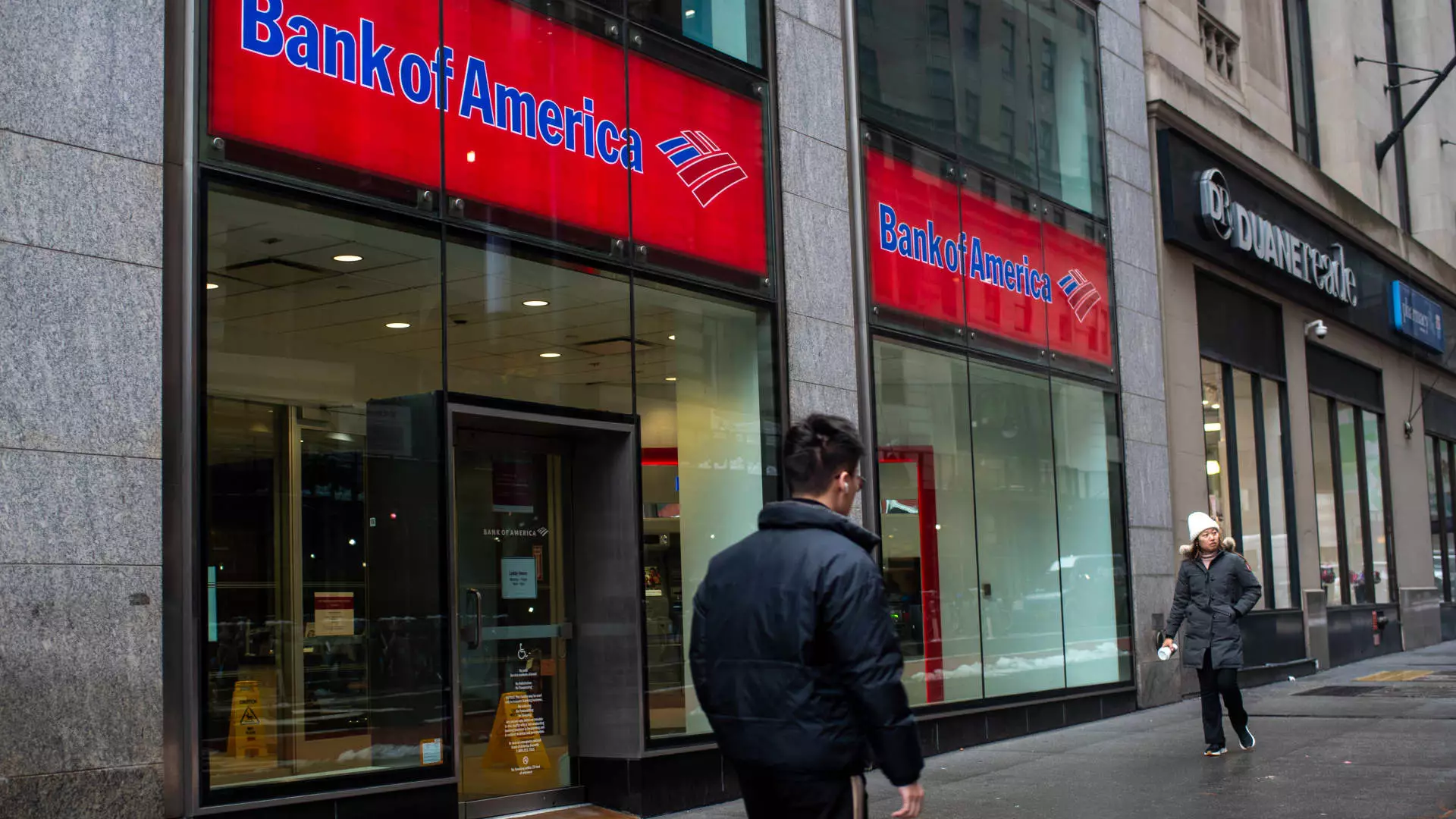In an unpredictable global economy fraught with political turmoil and shifting trade policies, investors are increasingly seeking sanctuary in what once was considered conservative—dividend-paying equities. Traditionally viewed as a reliable source of income and a buffer against market downturns, these stocks are now being re-evaluated for their true potential in safeguarding investment portfolios amid turbulence. The recent swings in the S&P 500, following unexpected tariff announcements, reveal a fundamental truth: passive reliance on equities alone is a perilous gamble. Dividend stocks, particularly those demonstrating consistent growth and strong earnings coverage, represent a strategic pivot toward stability, even when markets are seemingly climbing higher without clear justification.
This trend signals a shift in investor sentiment: the hunt for tangible, real-world value becomes more urgent as the headline-driven gyrations of the markets intensify. Yet, not every dividend stock is an equal safeguard; some companies misuse the label, offering fleeting yields or unsustainable payout policies. It is in this nuanced landscape that discerning investors must be especially critical, focusing on companies with actual dividend growth, robust earnings support, and strategic resilience. The core promise of dividend stocks isn’t just income—it’s about constructing a fortified defense against the firestorms of market volatility that appear inevitable.
Strategic Dividend Growth: The Gold Standard for Future-Proof Investments
Goldman Sachs’s recent emphasis on dividend growth stocks underscores a fundamental investment philosophy: quality and durability beat yield alone. The firm’s selection highlights firms with not only attractive yields but also a demonstrable track record of increasing dividends at a healthy clip—minimum 5% annual growth—supported by strong free cash flow and earnings. This focus on dividend coverage ratios of at least 1x emphasizes the importance of sustainability. In other words, these companies generate enough profit to comfortably sustain their payout commitments, reducing the risk of sudden dividend cuts which could devastate investor confidence.
What’s compelling is Goldman’s optimism about these stocks’ growth prospects, projecting double-digit returns through 2026. Such forecasts are not mere wishful thinking but grounded in fundamental analysis of company earnings, cash flow, and strategic positioning. Notably, large banks like Citigroup, Wells Fargo, and Bank of America are included in this elite group, doubling down on their commitment to shareholder returns by raising dividends amid passing rigorous stress tests from the Federal Reserve. This signals a shift from merely weathering storms to positioning themselves as reliable pillars of income and growth. These institutions exemplify the type of resilient financial businesses that can navigate future economic downturns without sacrificing their payout promises.
The Utility Sector: An Expectation of Defensive Gains or a Source of Market Risks?
Utilities such as NextEra Energy and American Electric Power further illustrate the potential—and pitfalls—of dividend-centric investing. These companies provide essential services, making their dividends seem rock-solid and less susceptible to cyclical downturns. NextEra Energy, with its impressive 10% dividend-per-share CAGR forecast, embodies the renewable push that aligns with long-term trends, even as political shifts threaten subsidies and renewable energy incentives. Its recent price dip—despite its fundamental growth prospects—exposes the risks of market sentiment swayed by political noise, particularly Trump’s recent executive order curbing wind and solar subsidies.
Conversely, American Electric Power demonstrates resilience, with a solid year-to-date gain of 12%. Its ability to deliver both income and growth appeals to conservative investors who recognize that utility companies often outperform during economic shocks due to the essential nature of their services. However, the recent share price volatility of companies like NextEra signals a crucial point: even seemingly defensive sectors are not immune to political winds and policy uncertainties. Energy companies hyper-focused on renewables, in particular, are vulnerable to regulatory shifts that could hamper long-term growth trajectories.
Real Estate Investment Trusts (REITs): High Yields at a Cost
American Homes 4 Rent exemplifies the complexity of dividend investing—offering a sizable 3.3% yield in a market where rental income is perceived as a shield against economic downturns. Its focus on single-family rentals may seem appealing, especially amid housing market uncertainties, but the stock’s 5% year-to-date decline reveals that even assets deemed ‘defensive’ face headwinds. REITs often provide attractive yields but are highly sensitive to changes in interest rates and broader economic conditions.
For income-focused investors, REITs like American Homes 4 Rent pose a dilemma: do the high yields justify the potential for capital loss if the macroeconomic environment turns sour? In a period of rising interest rates and inflation, REITs’ reliance on debt and rent collections can become problematic, undermining dividend sustainability. As always, a critical investor must scrutinize the quality of the underlying assets and the long-term viability of rental cash flows before succumbing to the allure of high yields.
The Stark Reality of Market Expectations and Investor Discipline
While the optimistic projections from Goldman Sachs and others paint an alluring picture of resilient income streams and above-average returns, an uncritical embrace of dividend stocks is a dangerous strategy. Pumping money into stocks based solely on high yields and recent dividend increases ignores the underlying risks—political interference, economic shocks, or deteriorating earnings quality. Investors must hold themselves to a high standard of skepticism, constantly questioning whether these companies can sustain their dividend commitments in the face of unforeseen challenges.
Furthermore, the temptation to chase the highest yields often leads to investing in companies with questionable fundamentals or overstated growth forecasts. The recent market volatility, amplified by trade tensions and policy shocks, should serve as a stark reminder: defensive stocks are only as good as the economic and regulatory environment that sustains them. Vigilant analysis, disciplined risk evaluation, and a clear understanding of a company’s strategic resilience are non-negotiable for those wishing to harness the true power of dividend investing in uncertain times.

